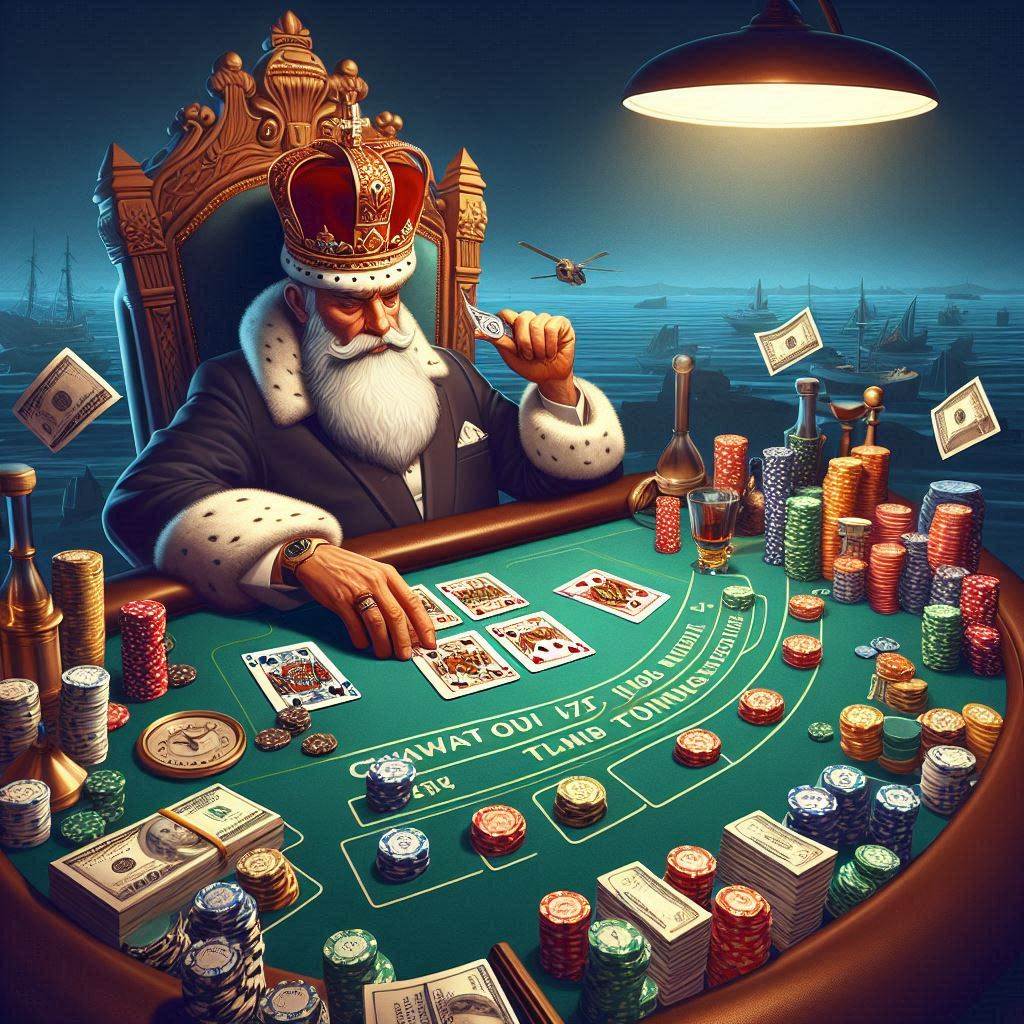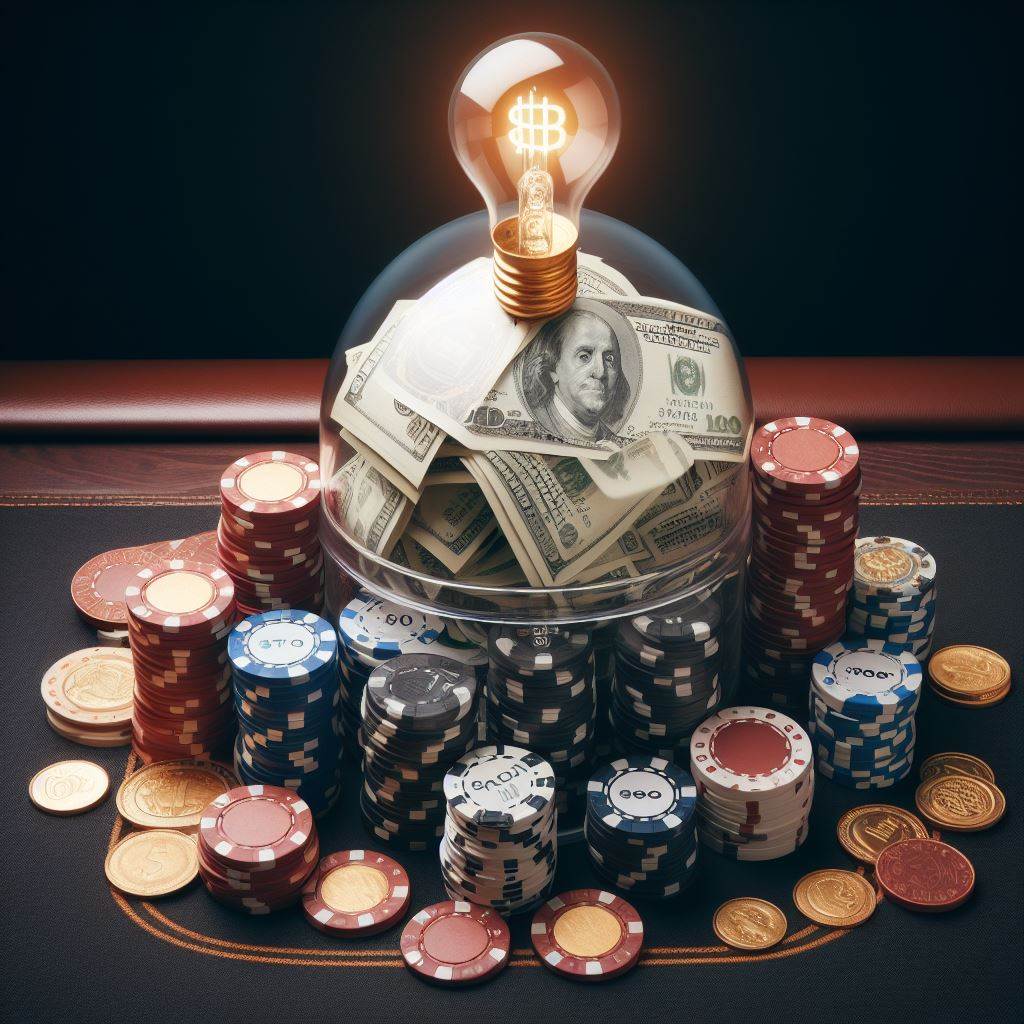Bluffing in poker is more than a mere trick; it’s a critical strategy that embodies the psychological warfare inherent in the game. When you sit at a casino table, mastering the bluff can transform your gameplay, A Casino Poker Strategy Guide turning even a weak hand into a winning one by misleading your opponents. This guide explores the intricate art of bluffing, helping both novice and seasoned poker players refine their approach to deploying effective bluffs.
Understanding Bluffing
At its core, bluffing is about projection and perception, A Casino Poker Strategy Guide representing a strong hand when in fact the cards in your hand are likely to lose if shown. The ultimate goal is to convince your opponents to fold their potentially winning hands. To bluff effectively, a player needs a deep understanding of poker psychology, strong observation skills, and the ability to make calculated risks.
Types of Bluffs
Bluffs can generally be categorized as either pure or semi-bluffs. A pure bluff, or a stone-cold bluff, is when a player has almost no chance of winning if the hand goes to showdown. This move is high-risk and is typically reserved for moments when the potential payoff justifies the gamble. On the other hand, A Casino Poker Strategy Guide a semi-bluff is used when a hand is weak but has the potential to improve significantly. This could include situations like holding a drawing hand that could turn into a strong hand with the right community cards.
Strategic Bluffing
Successful bluffing relies heavily on timing and situation. Being in a late position at the table can be advantageous, providing insights into your opponents’ actions and making your bluffs more likely to succeed. Bluffing also tends to be more effective against fewer opponents. A table image that reflects a tight and conservative play style can lend credibility to your bluffs, making them more believable.
Another key to successful bluffing is understanding the types of players at the table. Bluffing against a conservative player who tends to fold often can be profitable, whereas bluffing against a player who frequently calls might not yield the same results.
Executing the Bluff
Effective bluffing involves more than just deciding when to bluff; it also requires careful management of how you bluff. Consistent betting patterns can support a believable bluff, whereas erratic betting might alert savvy players to your deception. In live poker, controlling non-verbal cues is crucial. Keeping a consistent demeanor whether bluffing or holding a strong hand helps in not giving away your strategy to observant opponents.
The Risks and Rewards of Bluffing
While bluffing can significantly enhance your poker game, it comes with risks. An unsuccessful bluff can lead to substantial losses, especially if used too frequently or predictably. However, when integrated sparingly and strategically into your gameplay, bluffing not only adds depth to your poker strategy but also makes you a formidable opponent.
Conclusion
Bluffing is a dynamic and exciting element of poker that tests a player’s nerve and strategic acumen. It requires a balance of boldness and restraint, and above all, a thorough understanding of the game and its players. By refining your bluffing techniques, you can add an important weapon to your poker arsenal, making the game even more thrilling and rewarding. Remember, the ability to navigate a bluff effectively can often be the difference between a win and a loss in the high-stakes environment of casino poker.
Baca Juga: The Anatomy of a Poker Tournament: From Buy-In to Victory



